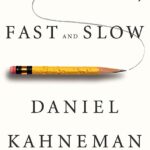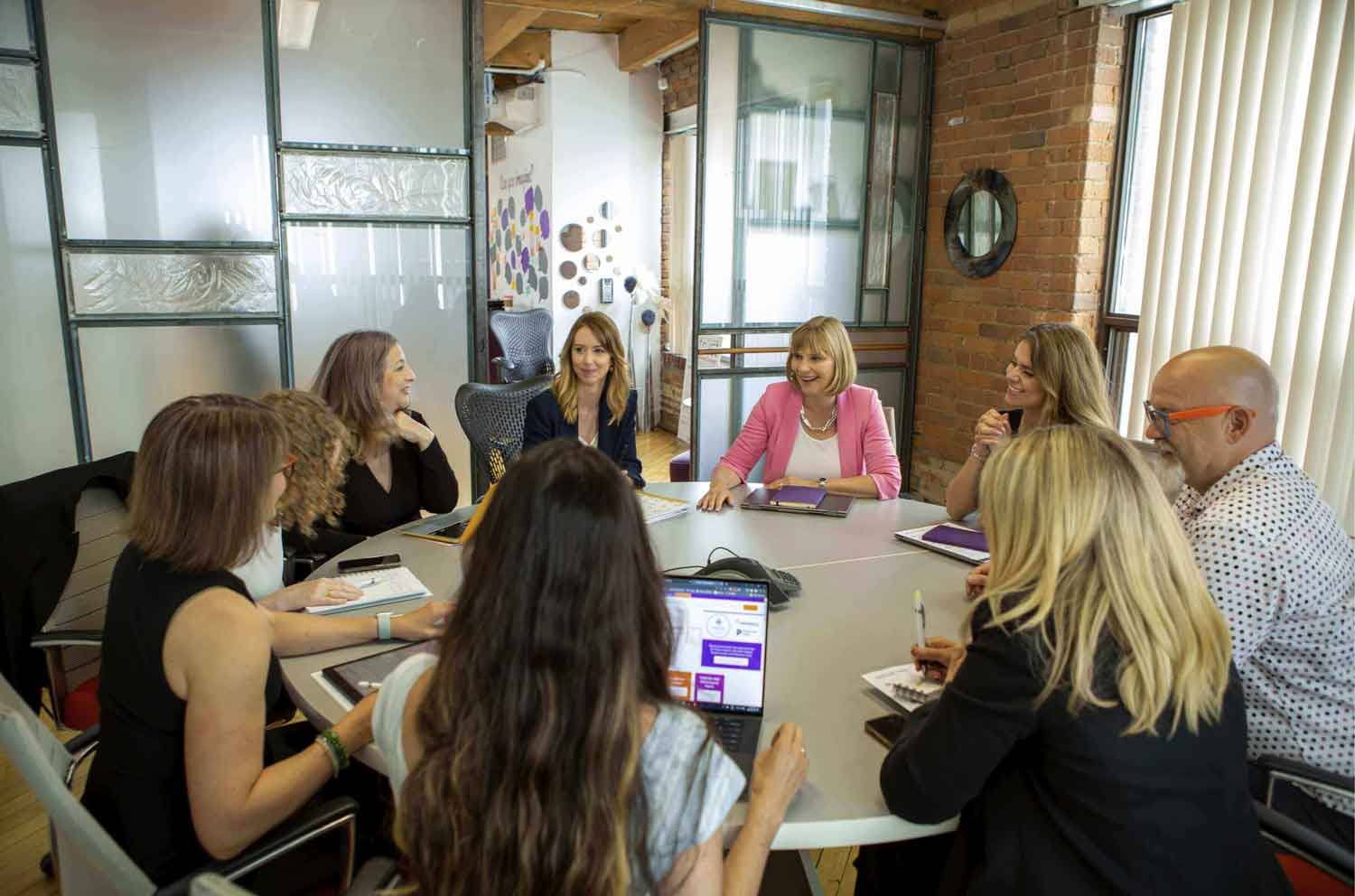Many organizations are grappling with high numbers of employees quitting their jobs. The Big Quit, the Great Resignation, the Talent Tsunami… call it what you will, but it’s happening, with resignation rates highest amongst mid-career employees. HR departments are now being forced to reconcile with their own retention issues, as well as finding and engaging new talent.
In our 2022 L&D Trends Report, we noted that 73% of CEOs said that a labour/skills shortage will be the most likely issue to disrupt their business over the year ahead. The drivers of this huge shift are varied; from a change in priorities to workplace culture to burnout, there are a wide number of factors that influence people to jump ship.
Your Talent Wants Professional Development
HR departments are countering with better wages, improved benefits, and a hybrid workplace with more flexibility. And, increasingly, L&D pros are stepping in to help re-engage key talent and high-potentials with a renewed focus on career progression. And, organizations that do so can also attract new talent as well. As market insight firm Clutch reports, “Nearly 1 in 5 job seekers want more professional development opportunities.”
Employees are placing more and more value on learning new skills and being able to advance their careers. However, in a world where remote working has never been more prevalent, traditional training initiatives don’t cut it. The truth of the matter is that when you’re in a classroom or working with an executive coach, you’re working on your own and it’s about you and your need. Traditional one-to-one and off-site training can be a very siloed and solo approach to leadership development.
Mentoring Engages and Builds Connections
Organizations need professional development programs that can scale more easily, work for people who are both in the office or at home, and build human connections.
Particularly during a time when the pandemic has sent us scuttling to our home offices, it’s never been more apparent that there is a hunger for belonging and a deep desire for connection – to each other and to the work we do. It’s little wonder we are seeing a distinct uptick in organizations looking for ways to develop their people in a way that is meaningful and keeps people engaged.
When I think of particularly challenging times in my own leadership experience, the most powerful learning was when I’ve been able to share what I was going through with somebody else who’d maybe been a little bit further down the path or who had gone through a similar experience.
The Bottom Line
In a group mentoring situation, everyone is simultaneously both a mentor and a mentee. While a more experienced, seasoned leader might act as the facilitator, in our experience we’ve seen that learning and skills development flow both ways. In short, it raises the waterline of leadership across the organization.
The proof is in the pudding, and when it comes to mentoring studies have shown that:
- 91% of employees who have a mentor are satisfied with their jobs
- Mentored employees tend to feel more positively about their places of employment
- Mentored employees are less likely to quit their jobs, with a 72% retention rate for mentees.
If you’re curious about how The Roundtable can help your organization develop a culture where leaders can move beyond their own teams to support each other through coaching and mentoring, let’s start a conversation. And, be sure to download our 2022 L&D Trends Report for more insights into the issues affecting L&D professionals in the year ahead.




